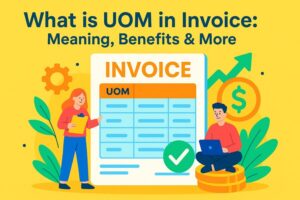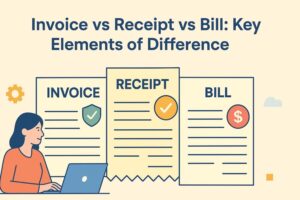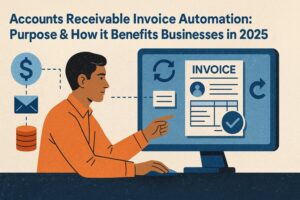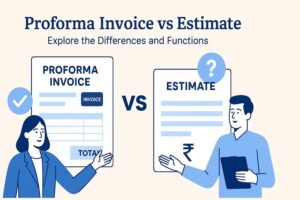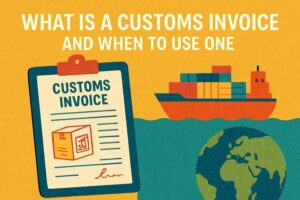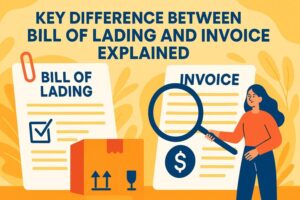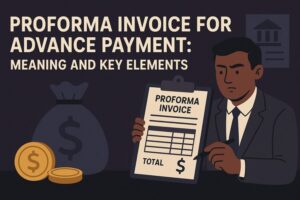All You Need to Know About Expense vs Invoice
- 3 Nov 25
- 5 mins

All You Need to Know About Expense vs Invoice
Key Takeaways
- In the expense vs invoice comparison, an expense represents the actual cost incurred and paid for goods or services, whereas an invoice is a formal payment request issued by the seller once goods or services are delivered.
- Expenses are recorded after payment, while invoices come into play immediately after order fulfilment, even before payment is made.
- Businesses must correctly classify and report expenses with HSN or SAC codes in GSTR-2 and GSTR-3B to avoid Input Tax Credit (ITC) mismatches, while non-issuance of invoices can result in GST penalties.
- Invoices help manage accounts receivable and payable, whereas expenses reflect cash outflow and cost tracking for financial statements and tax computation.
- Understanding expense vs invoice ensures accurate bookkeeping, timely tax filings, and better cash-flow management, all of which are vital for financial transparency.
What exactly sets an expense apart from an invoice in a business transaction? While companies record expenses only after paying for goods or services, invoices come into play as soon as the vendor fulfils the purchase order. Thus, knowing the key difference between expense vs invoice is essential for smoother operations and accurate tax reporting.
For instance, businesses must report expenses using the correct HSN or SAC codes in GSTR-2 and GSTR-3B to avoid Input Tax Credit (ITC) mismatches. On the other hand, non-generation of invoices means supply transactions are not reported to the government, which is a GST offence and attracts penalties.
Keep reading ahead to explore how the two differ across major factors!
3 Factors Exploring Expense vs Invoice
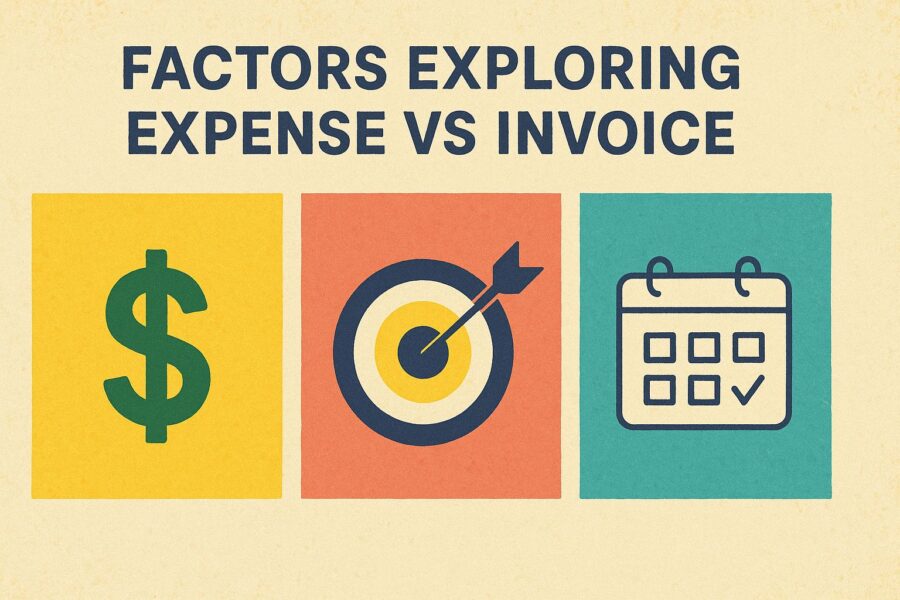
While expenses refer to all the costs a company incurs to generate revenue, invoices are documents issued by the seller to request payment from the buyer. For more clarity, take a look at some of the notable differences between expense vs invoice:
| Factors | Expense | Invoice |
| Purpose | To keep the business running through strategic investments | To request payment from the buyer |
| Types | Direct expensesIndirect expenses | Pro forma invoiceCommercial invoiceTimesheet invoiceRecurring invoice |
| Time of Creation/Occurrence | Recorded after the bill is paid for delivered goods or services | Happens when the customer confirms their order |
Types of Expenses
- Direct Expenses
Direct expenses refer to any costs that relate to the primary operating expenses of a company. The sale and manufacturing of any product or service are linked directly with company expenses, thus adding to direct expenses. The two primary examples of direct expenses include labour costs and the cost of raw materials.
- Indirect Expenses
Indirect expenses refer to the costs which can not be directly related to the delivery or production of a service or product. Despite their indirect relation with production and sales, they play a crucial part in running a business smoothly every day.
A few examples of indirect expenses include rental costs, utility bills, depreciation, salaries, legal charges.
💡Use the PICE App to track your business expenses and pay your bills on time.
Types of Invoices
- Pro forma Invoice
Pro forma invoices refer to any document that outlines the seller’s commitment to deliver the agreed-upon goods to the buyer at the discussed price. The validity of a pro forma invoice is generally between 30 and 60 days; however, it can vary from seller to seller.
- Commercial Invoice
Commercial invoices refer to the document which acts as a customs declaration for goods sales that cross international borders. According to Circular No. 01/15-Customs, having a commercial invoice is mandatory for import or export.
- Timesheet Invoice
Timesheet invoices refer to the documents sent to the buyer in order to demand payment for services rendered or work done on an hourly basis. These kinds of invoices are generally used by accounting, law and consulting firms, freelancers, hospitality, manufacturing and construction and the healthcare industries.
- Recurring Invoice
Recurring invoices refer to the document sent to the buyers at regular intervals. These invoices are generally issued for recurring payments such as subscription fees, which are repetitive.
Conclusion
For knowing expense vs invoice in detail, their purpose, types, timing and role in financial management need to be recognised. Expenses track what has been paid, while invoices demand what is owed. Recognising their differences can help businesses to stay compliant, transparent and financially healthy.









